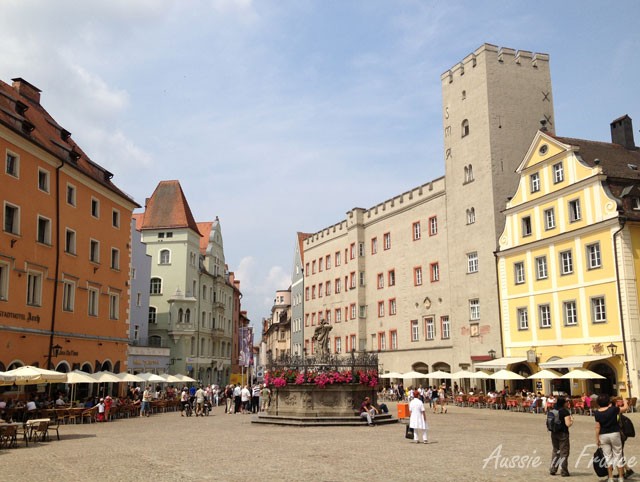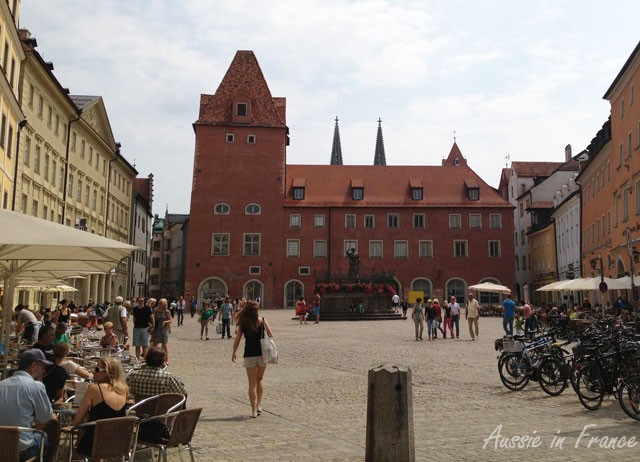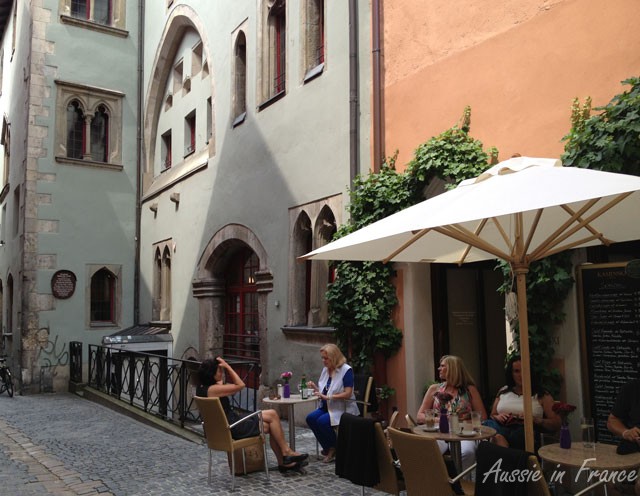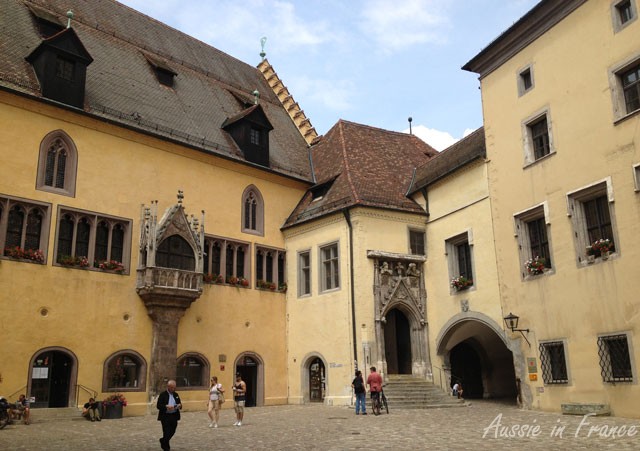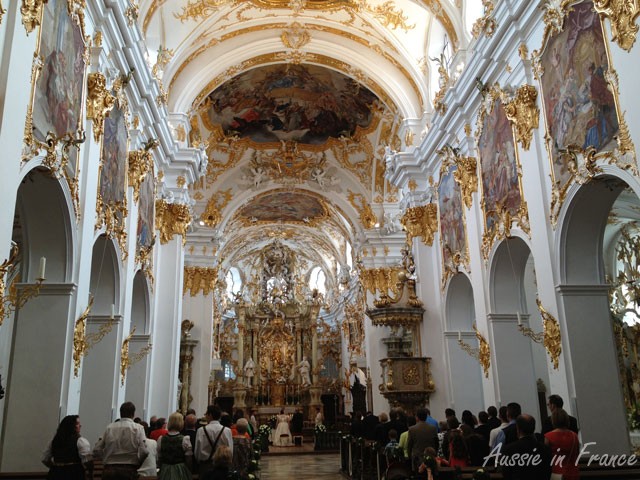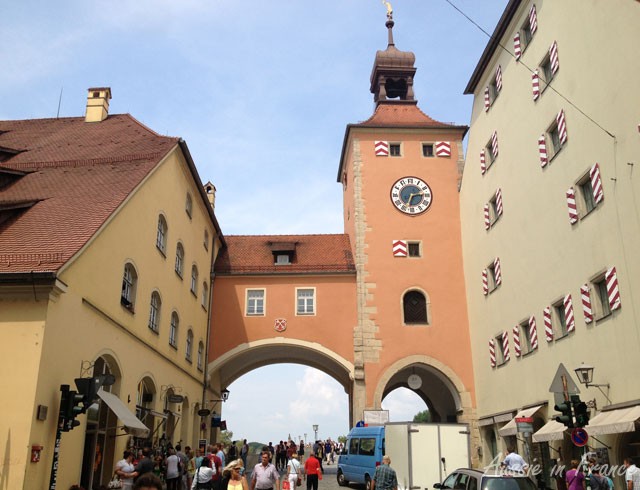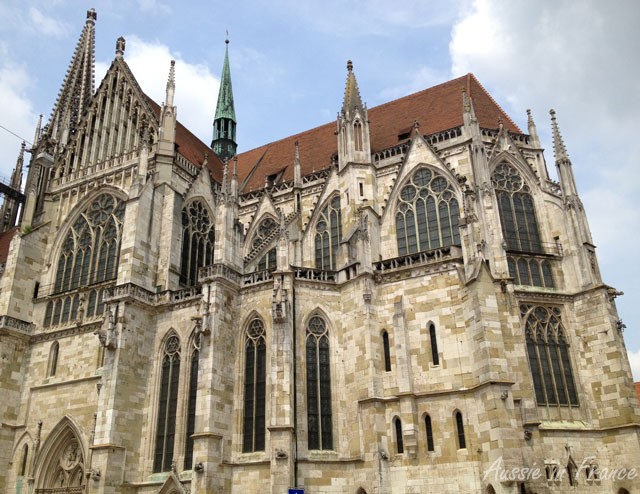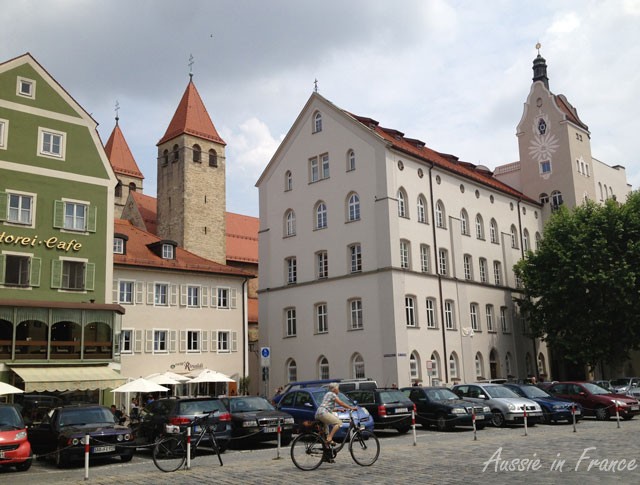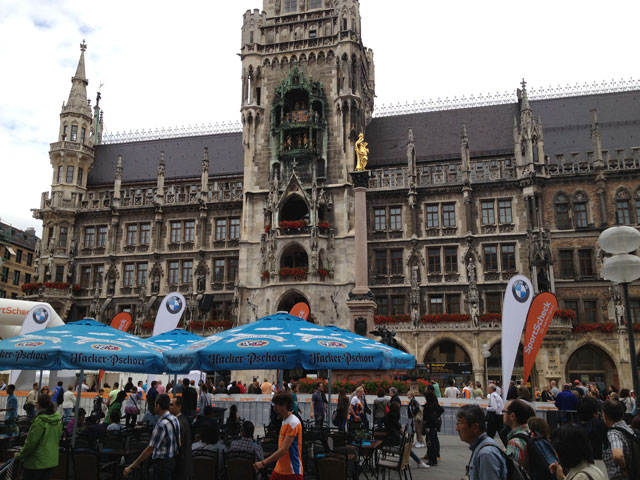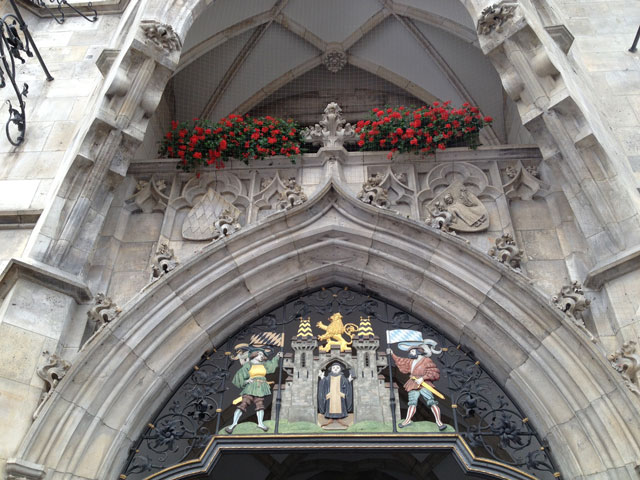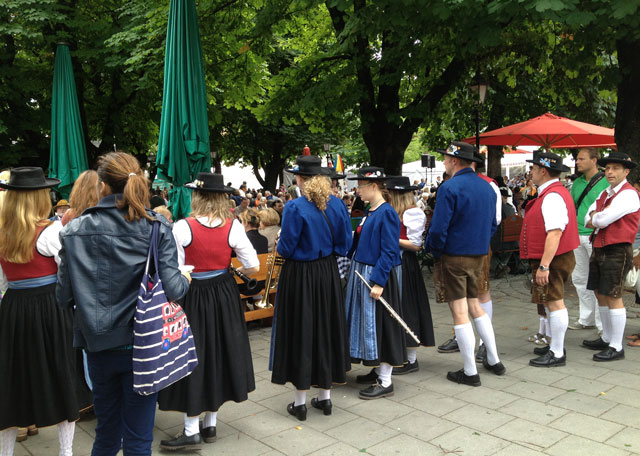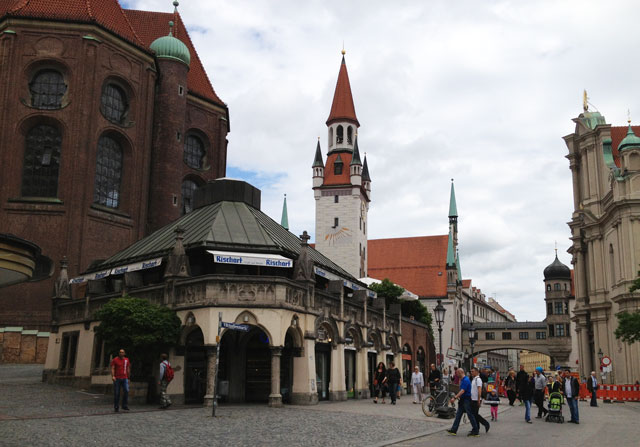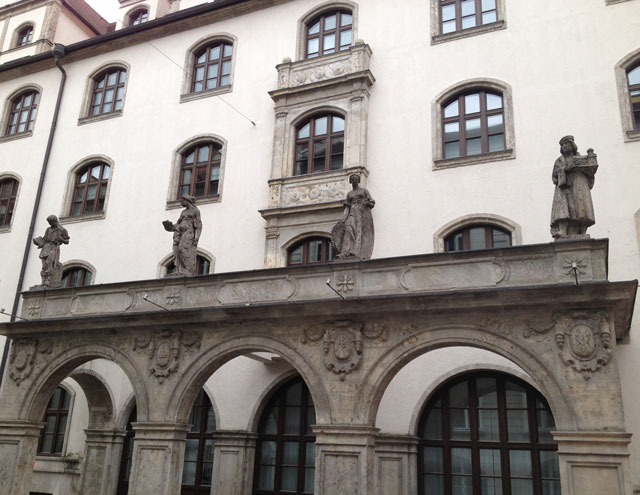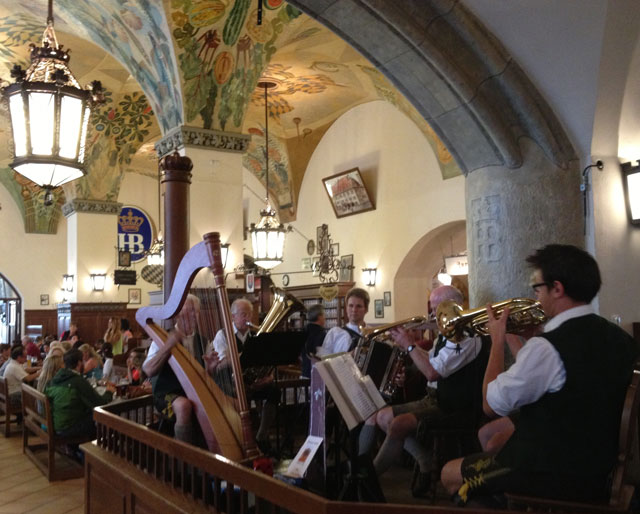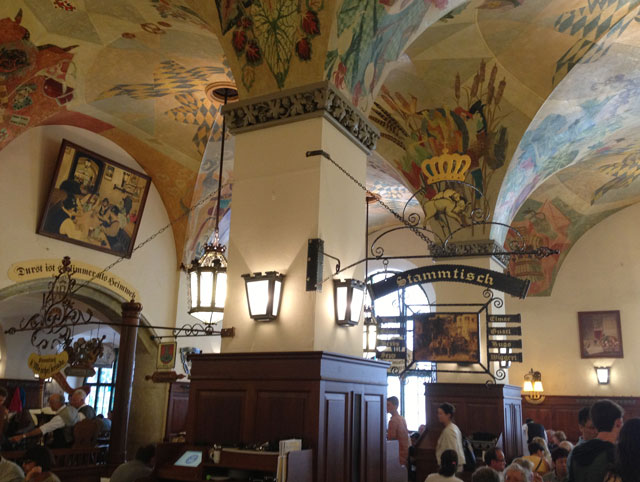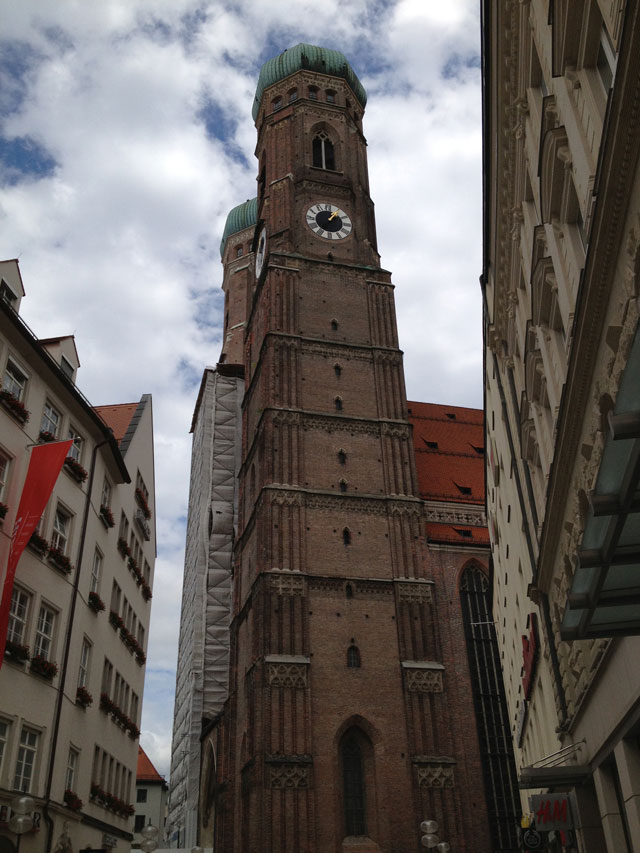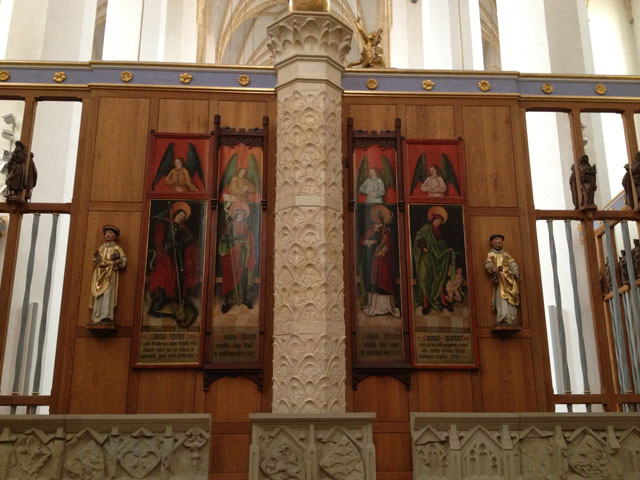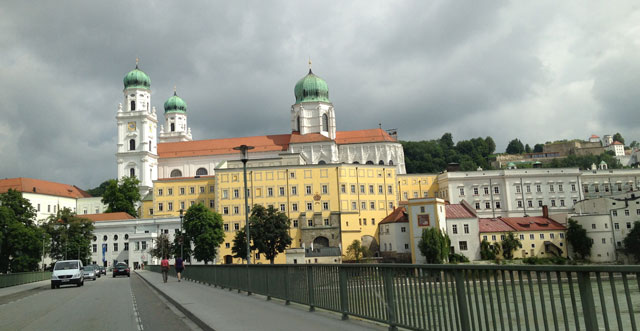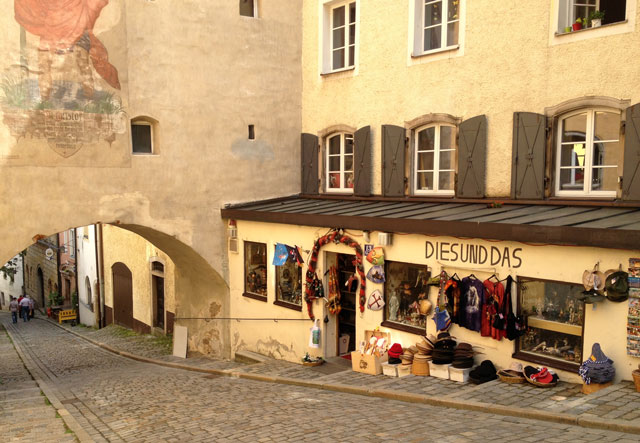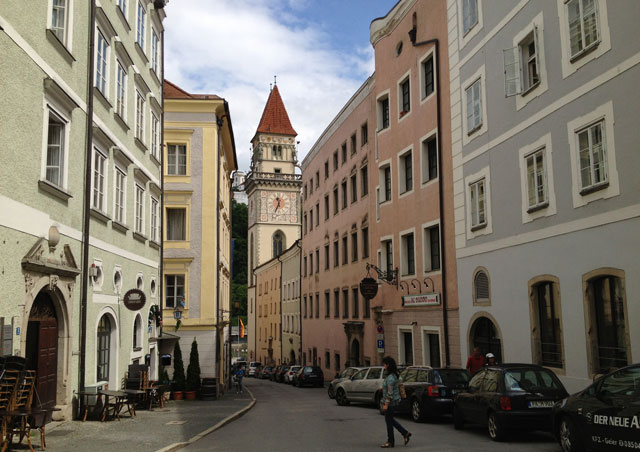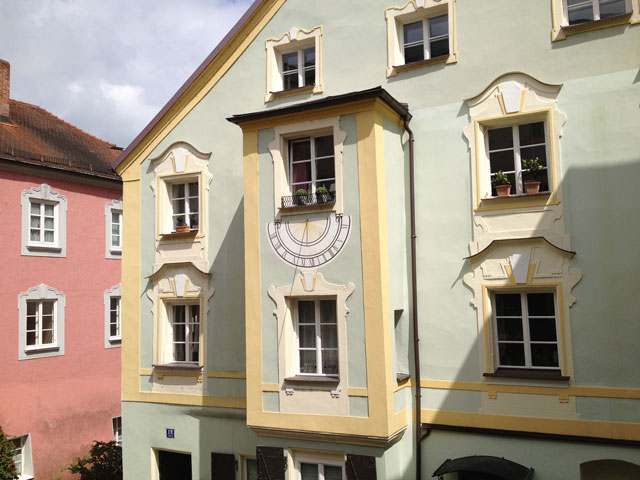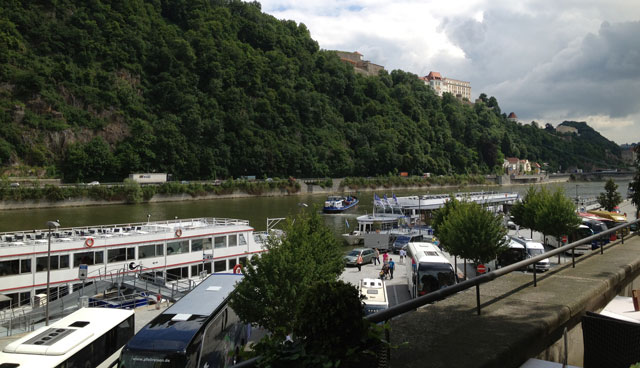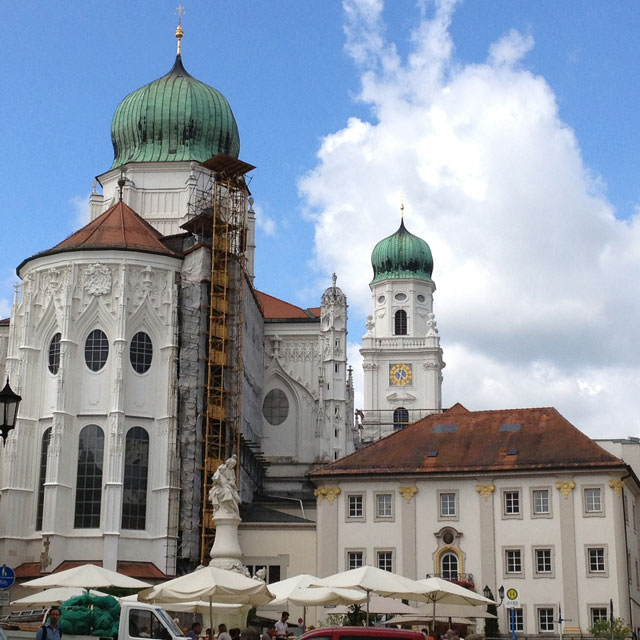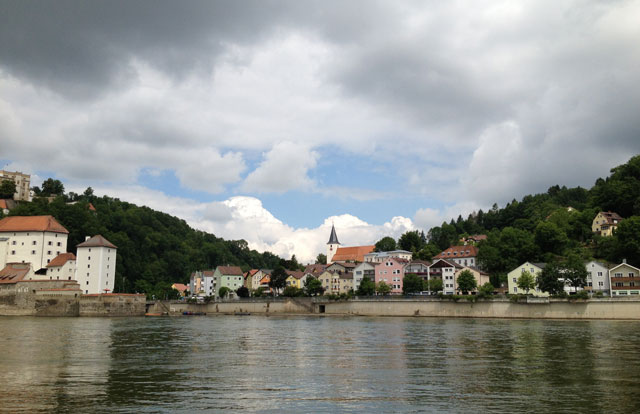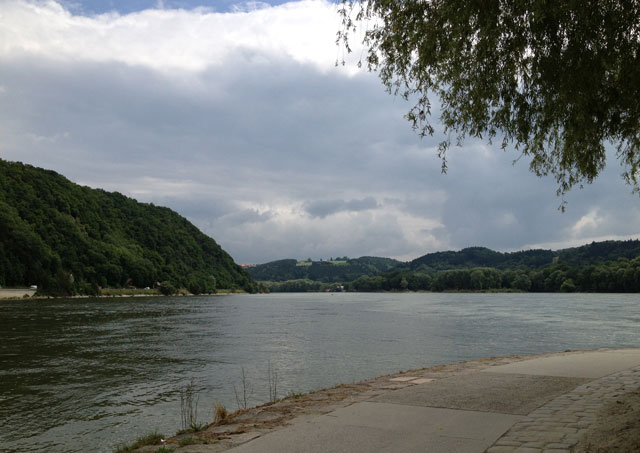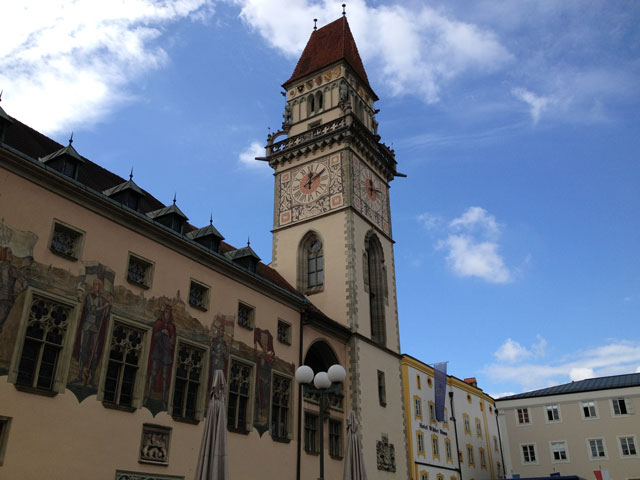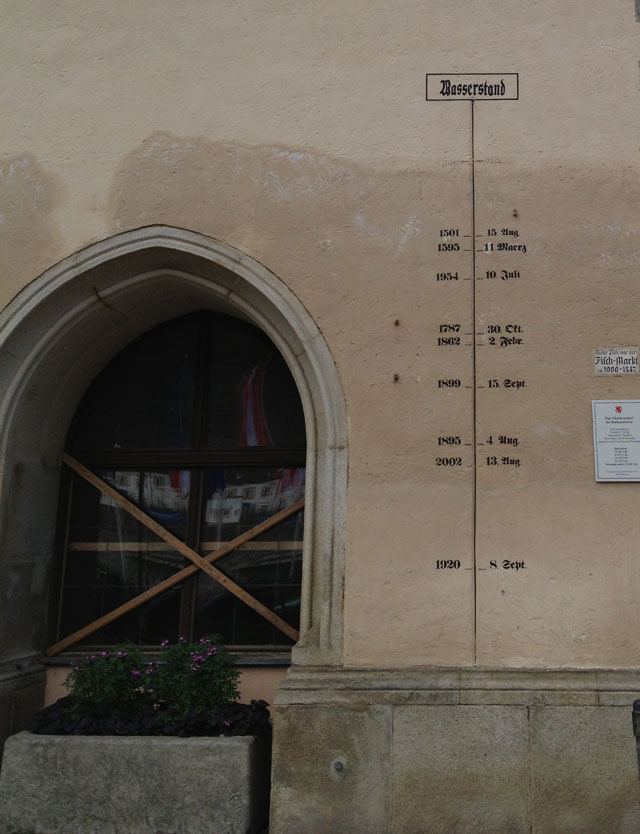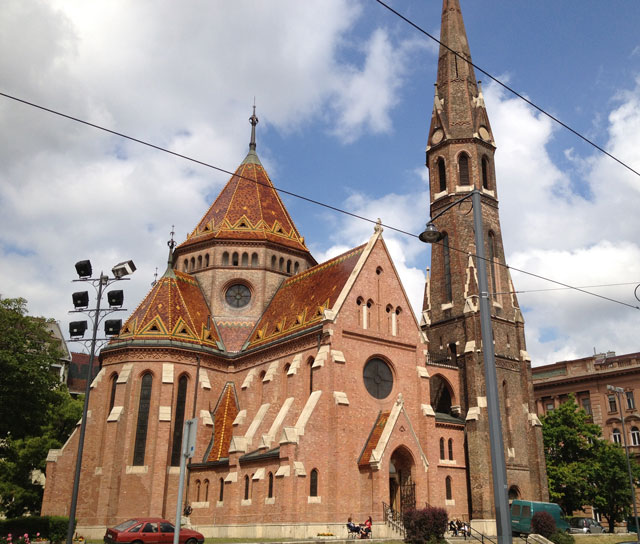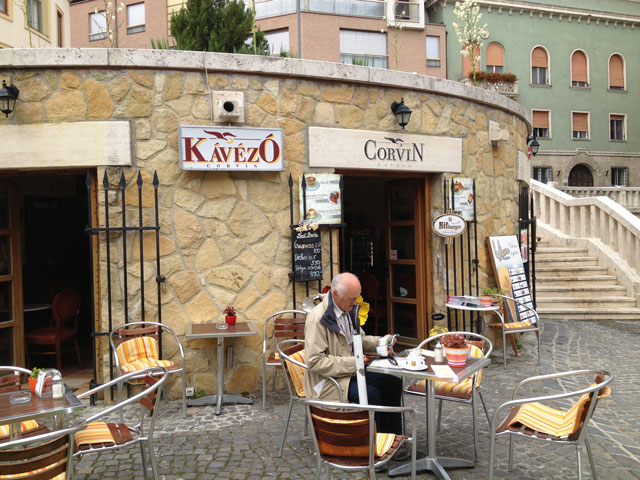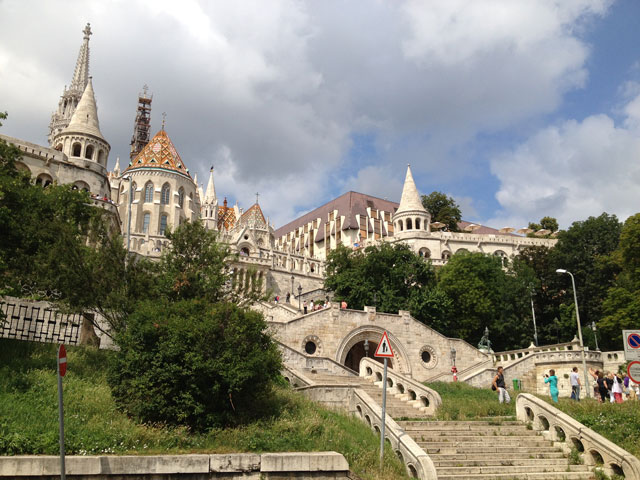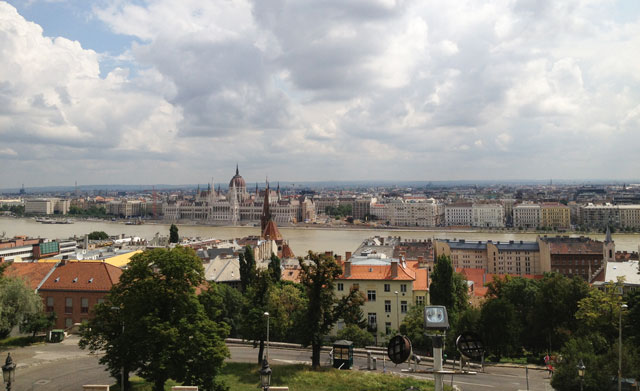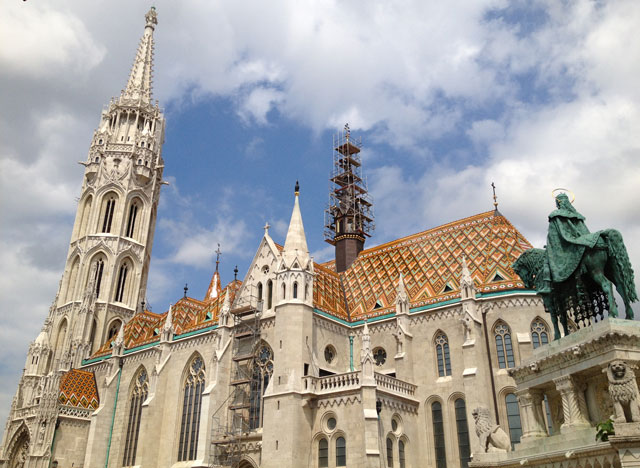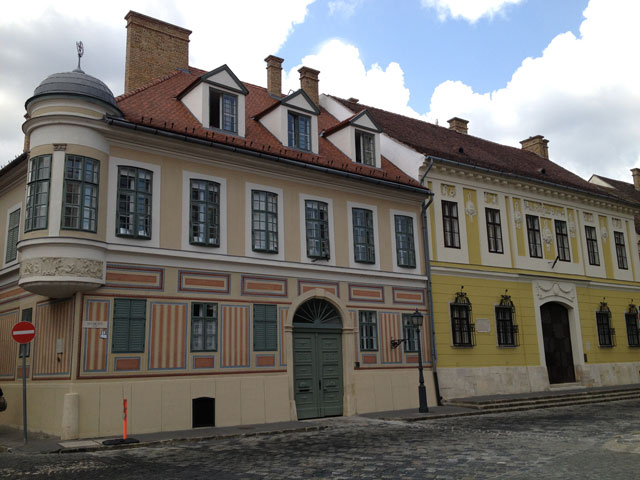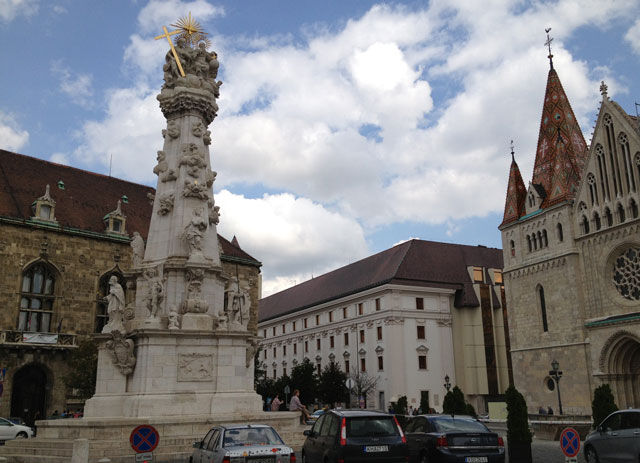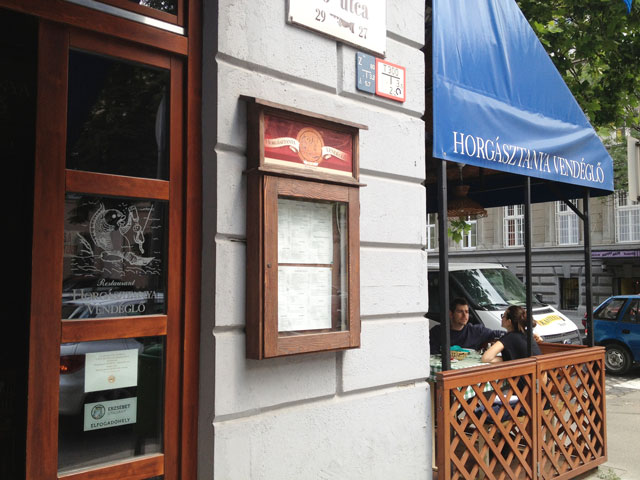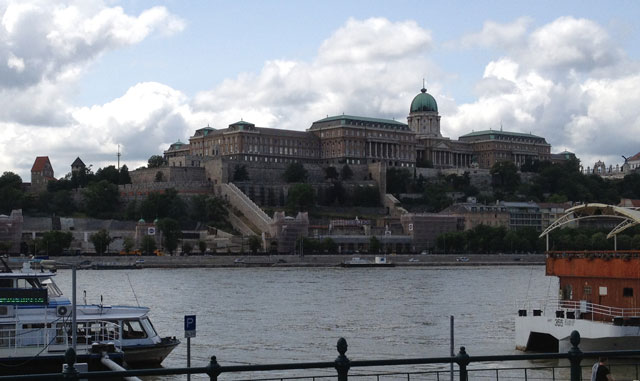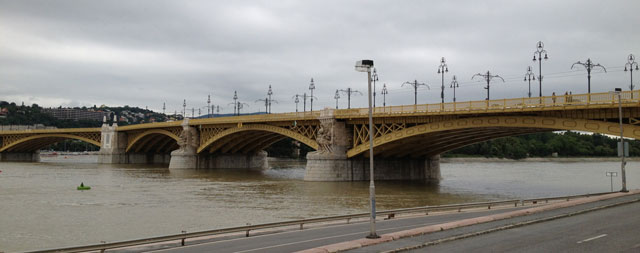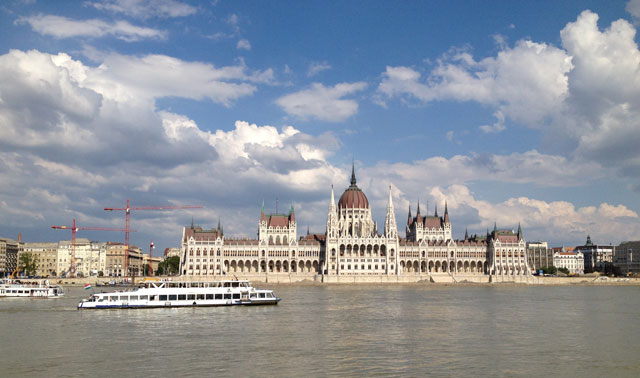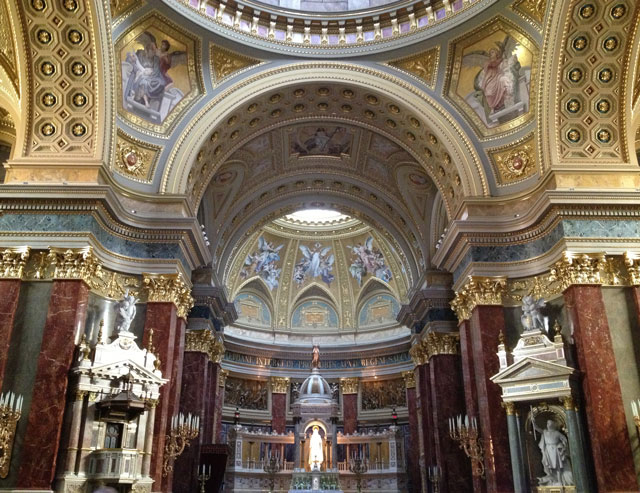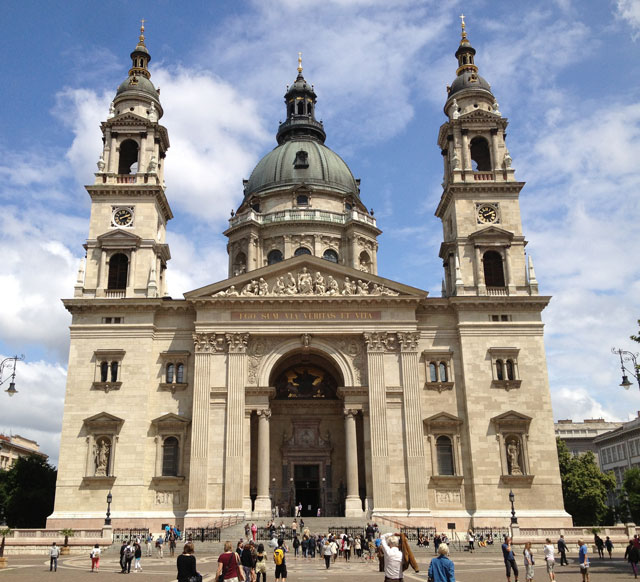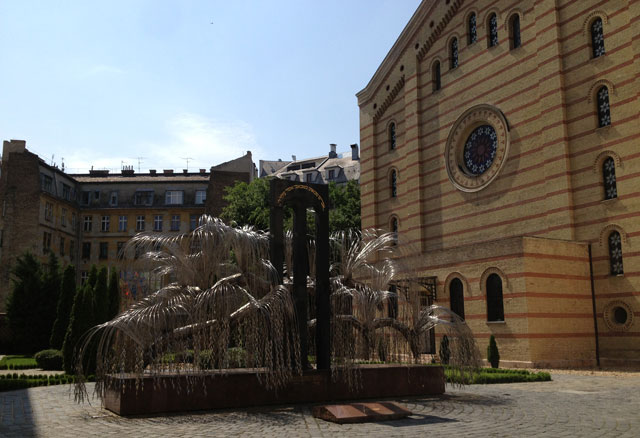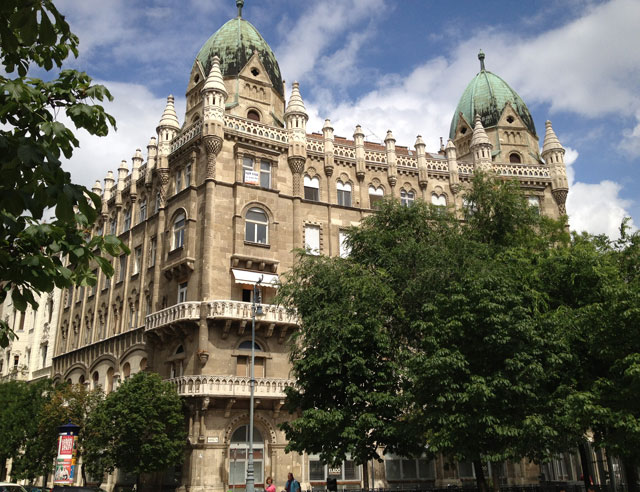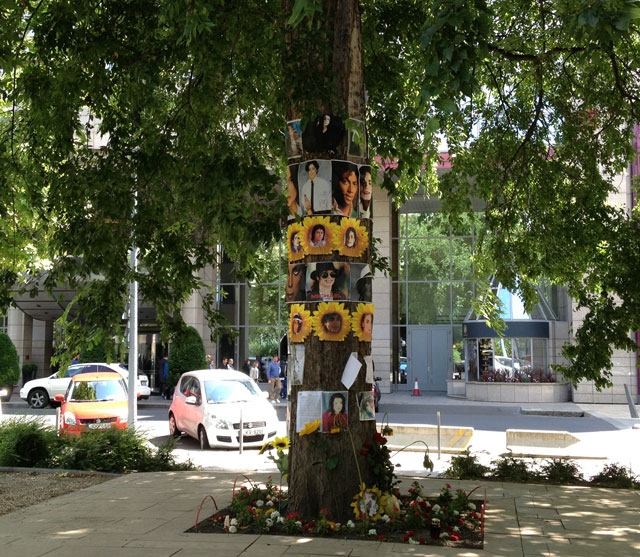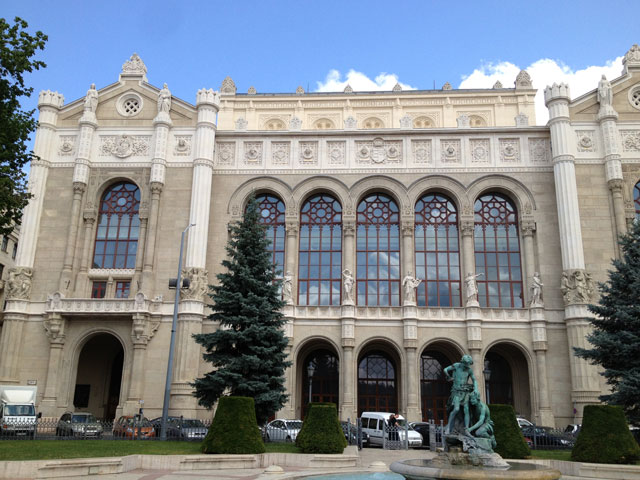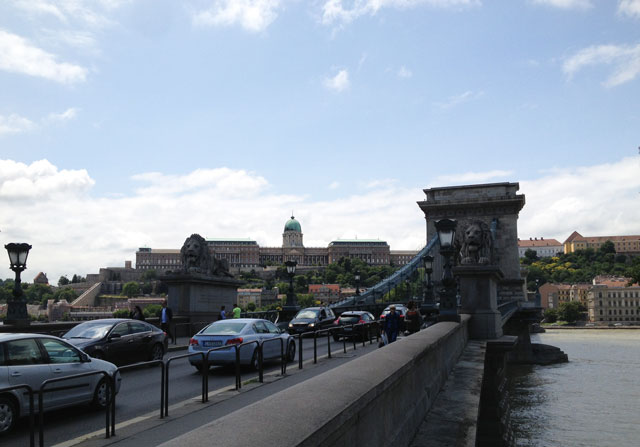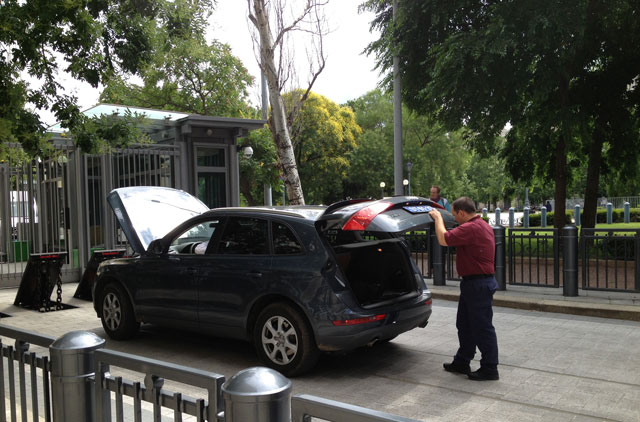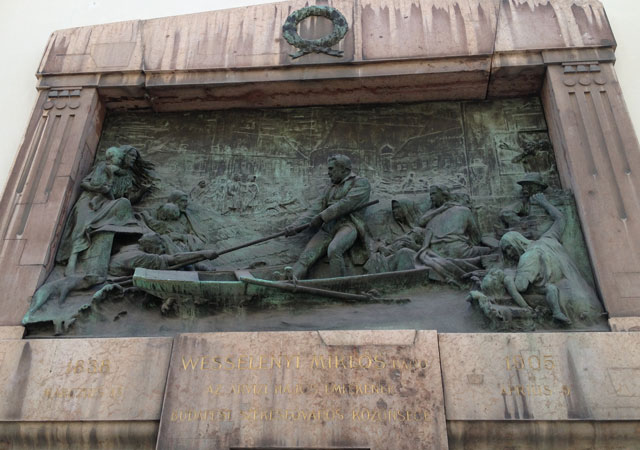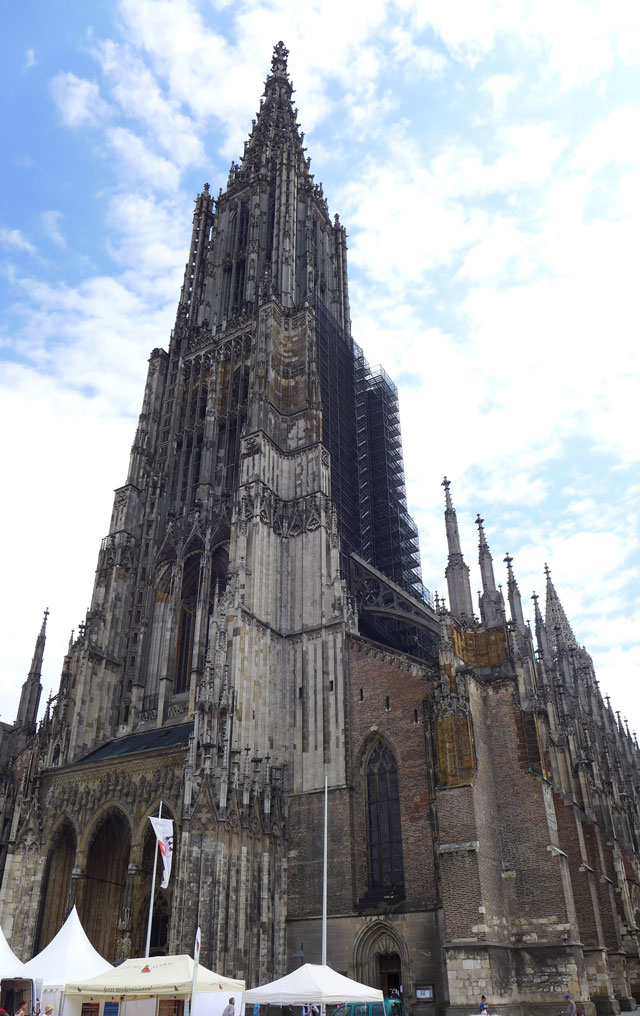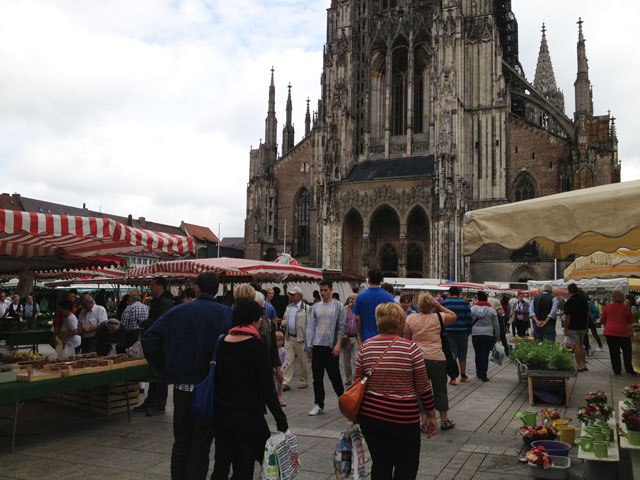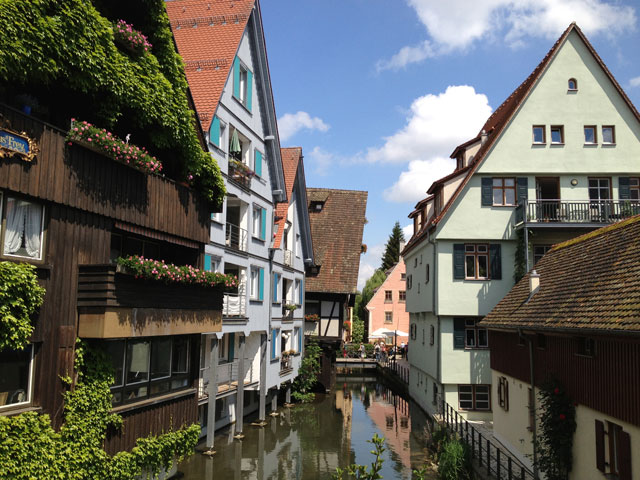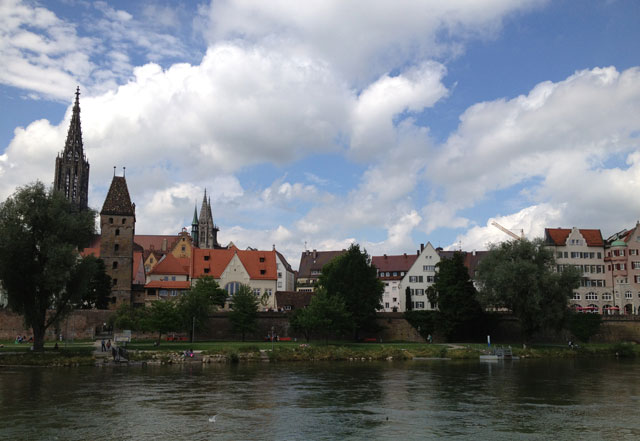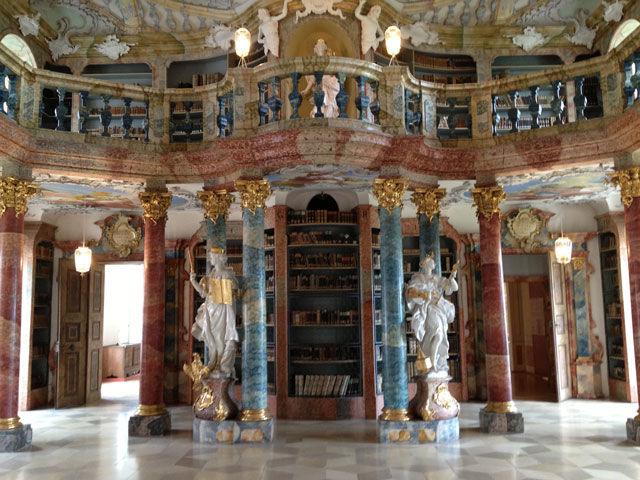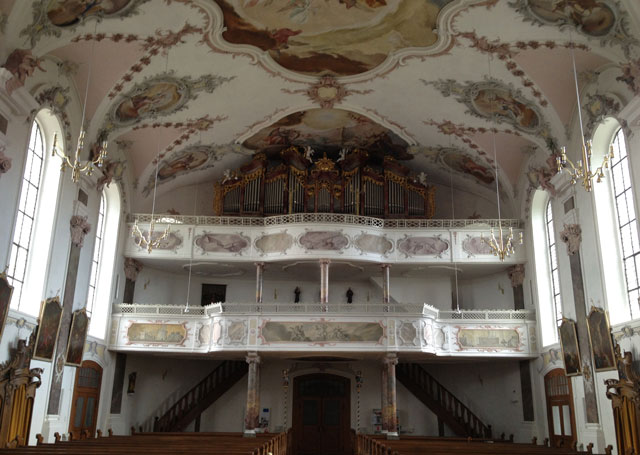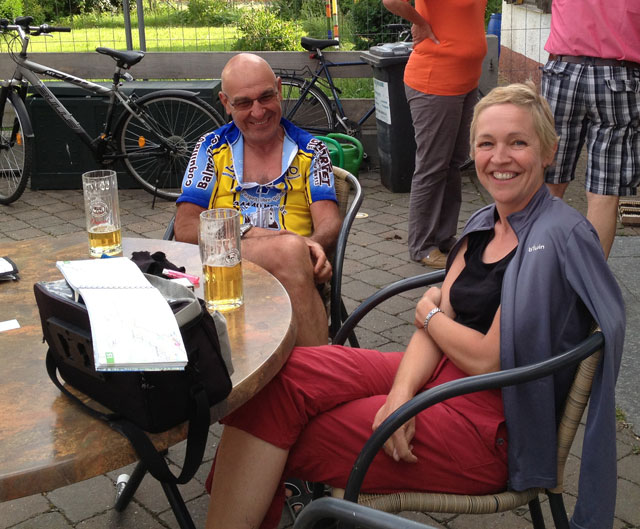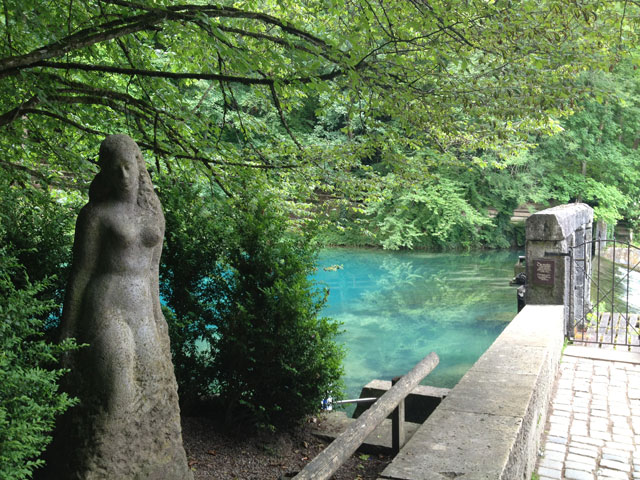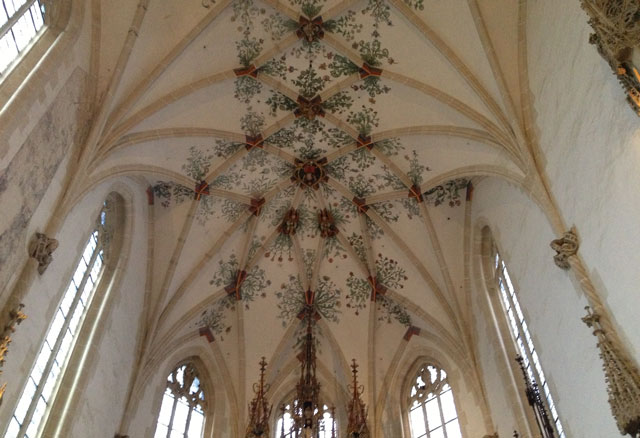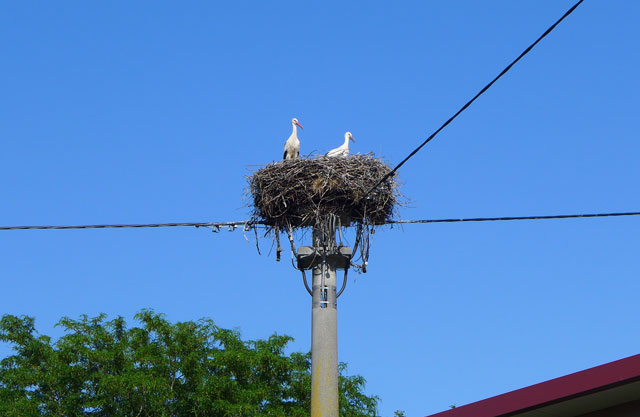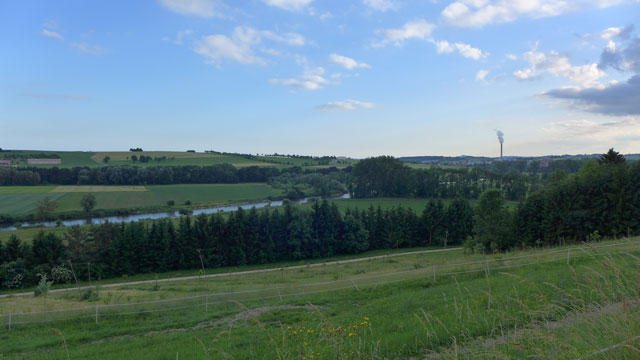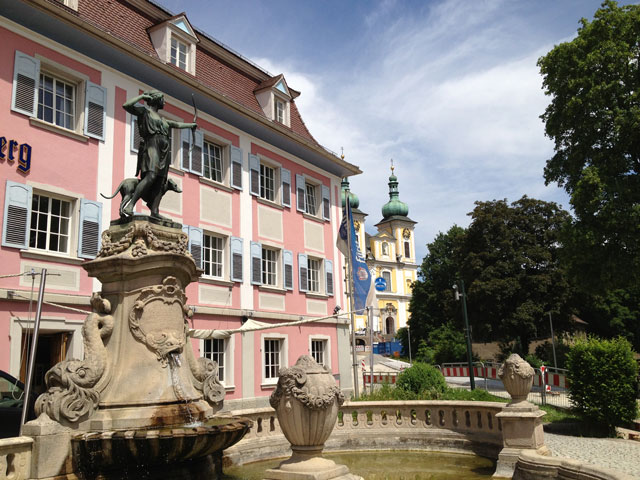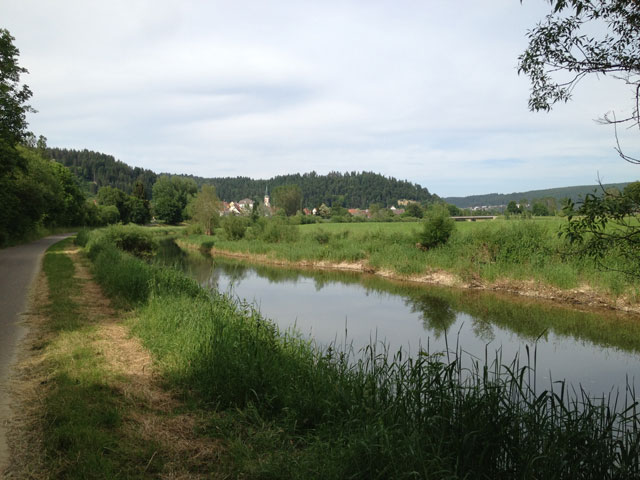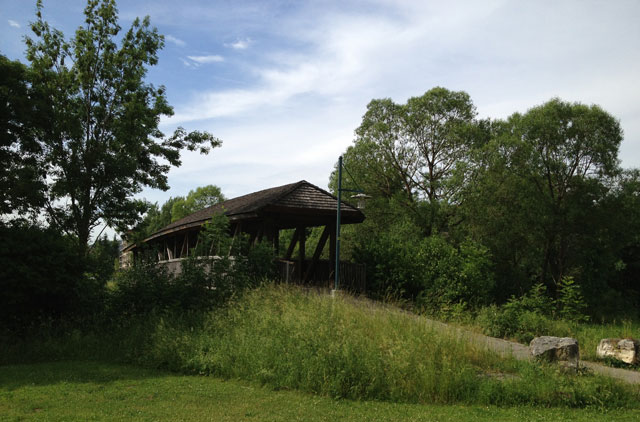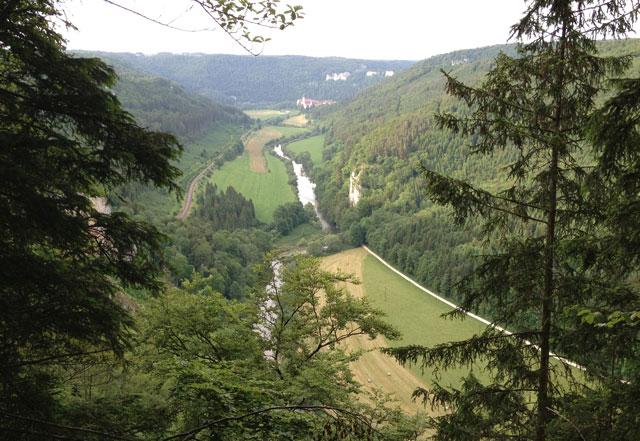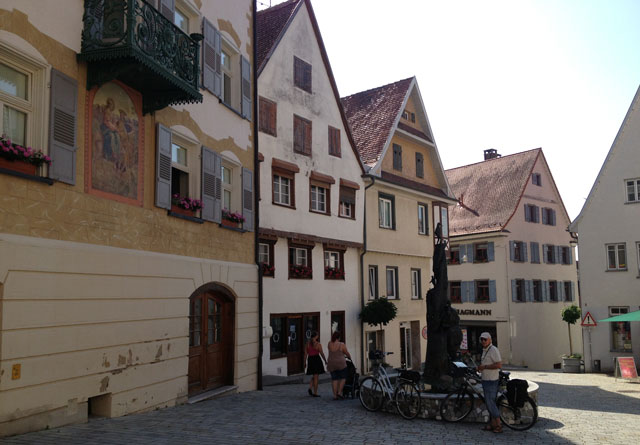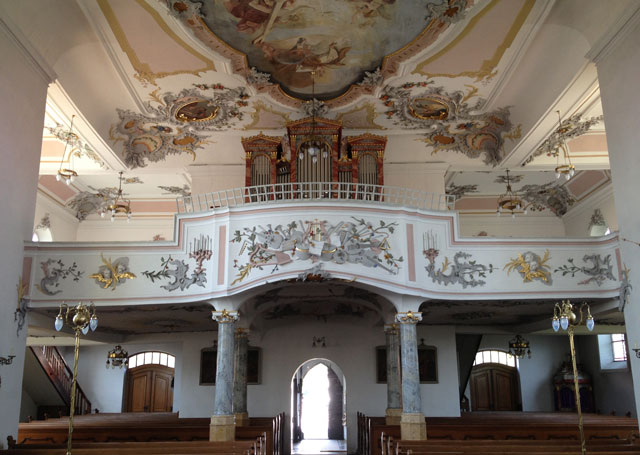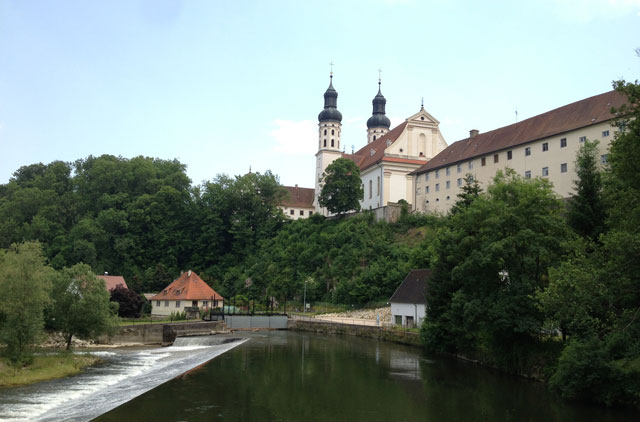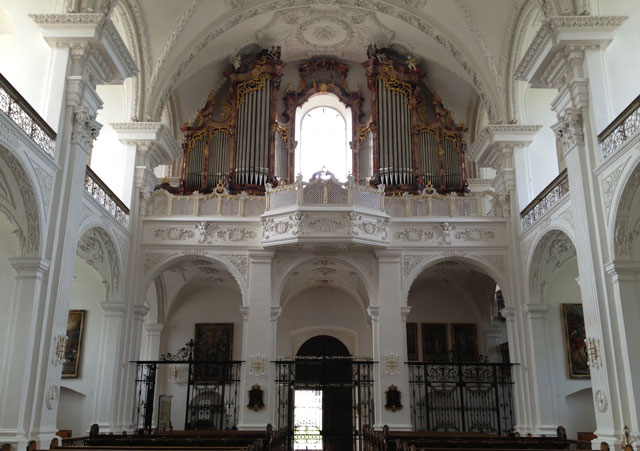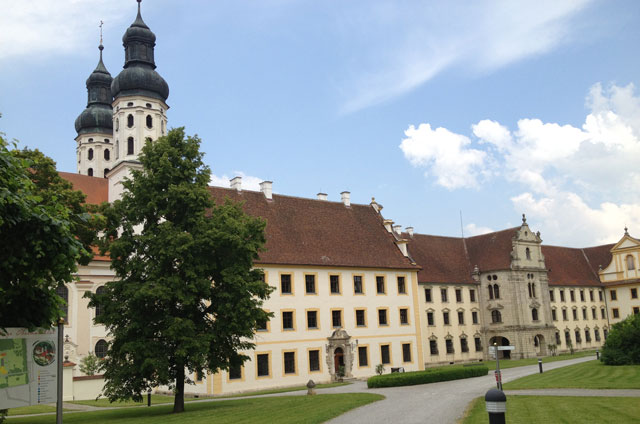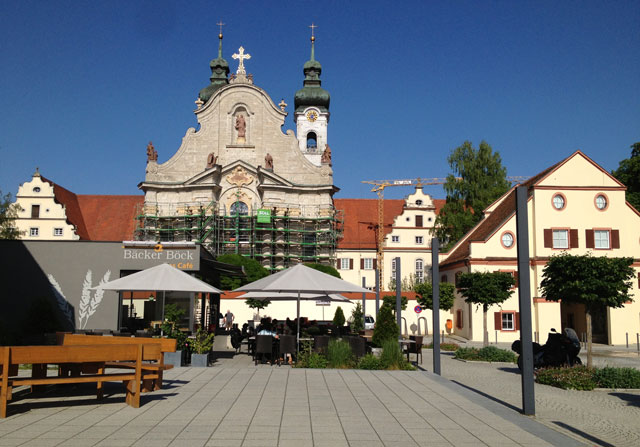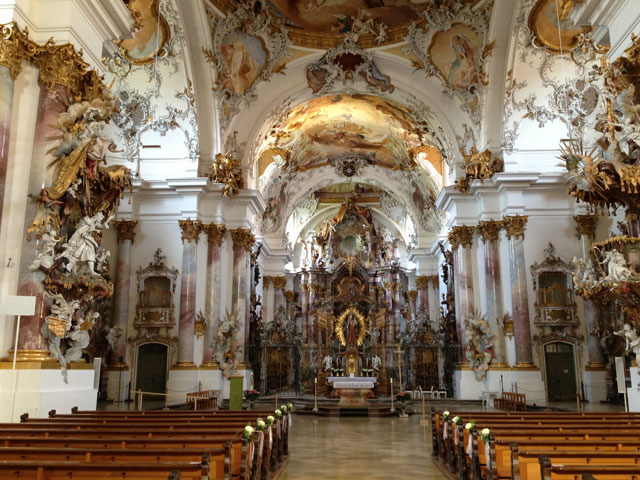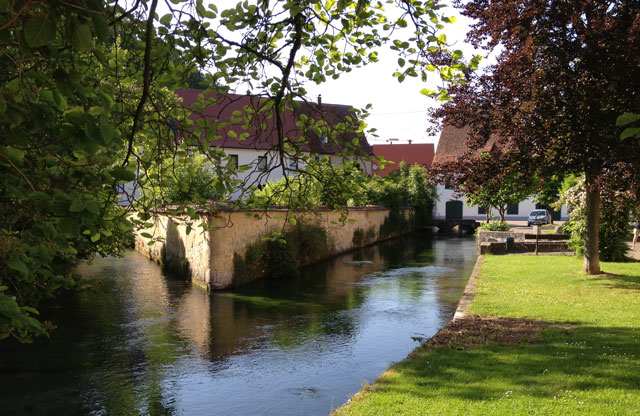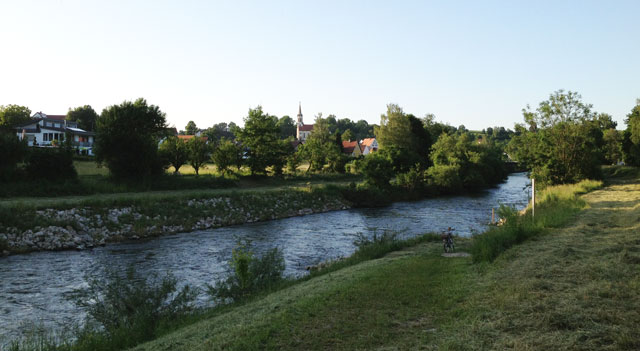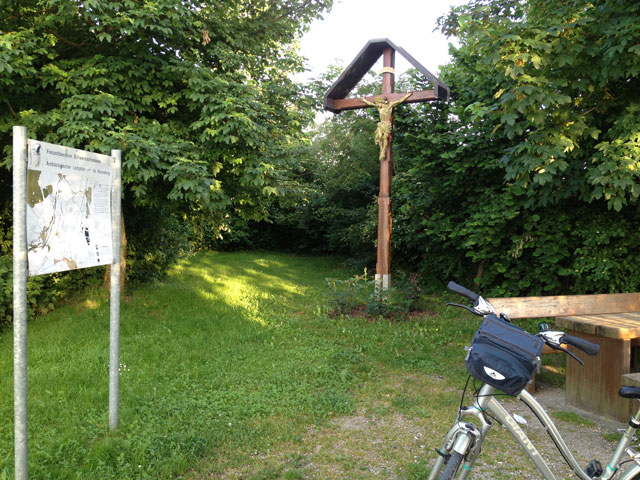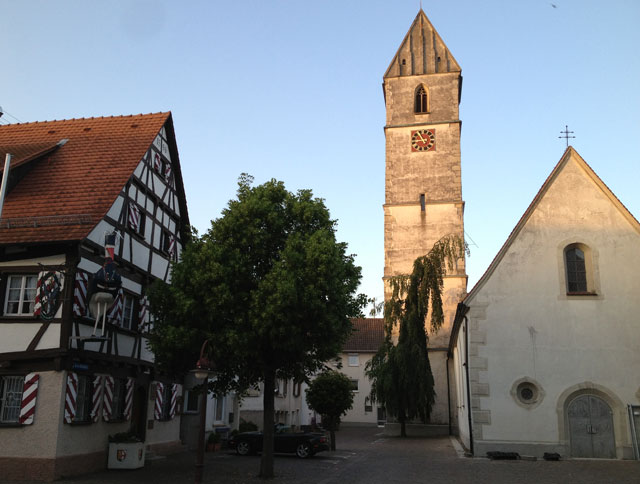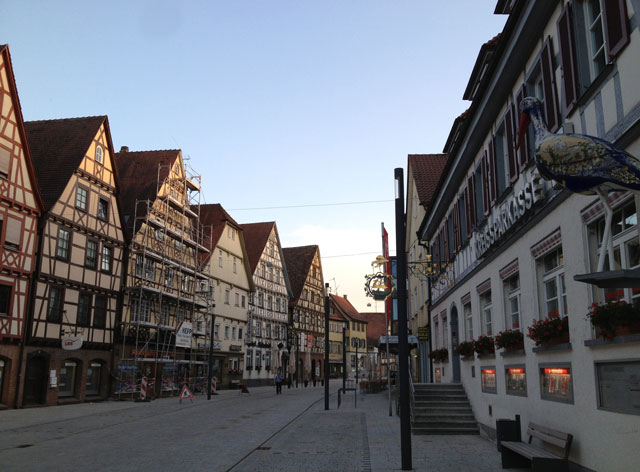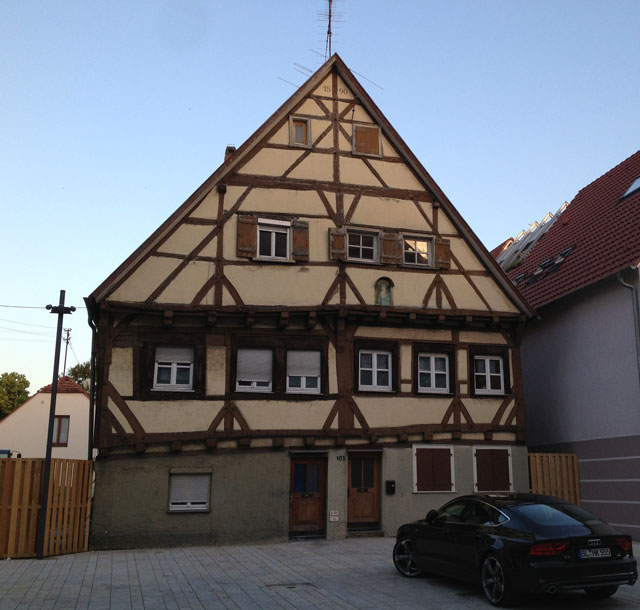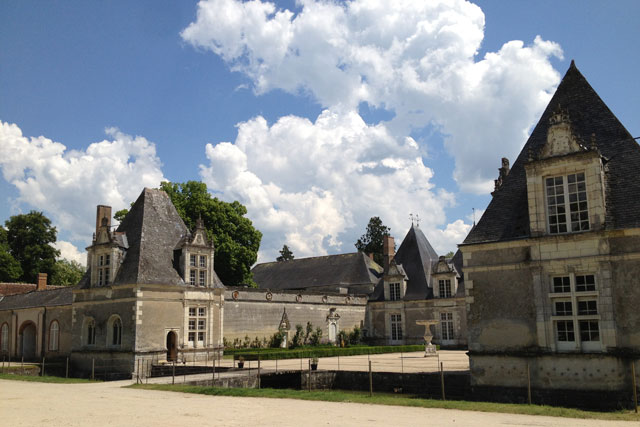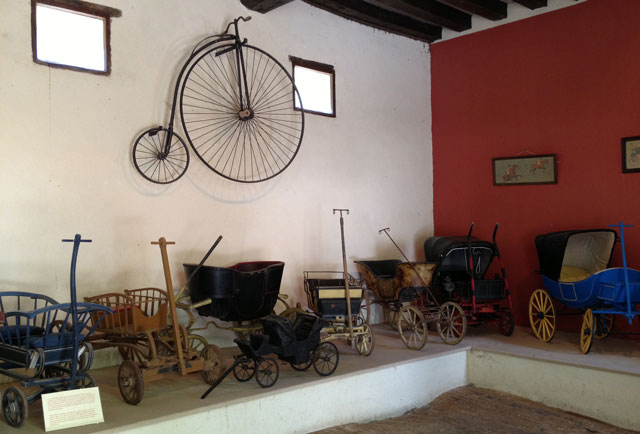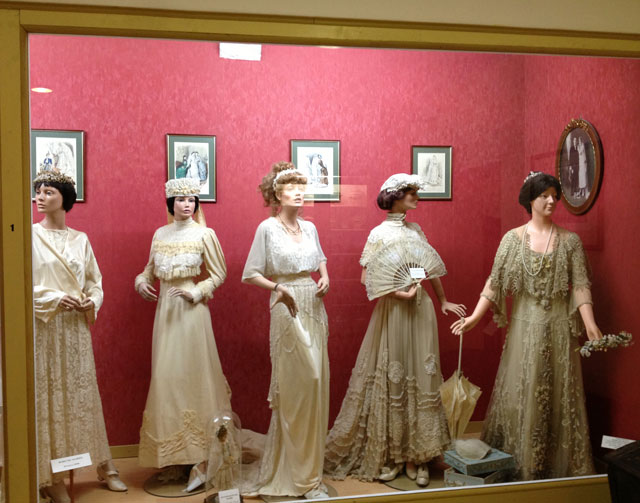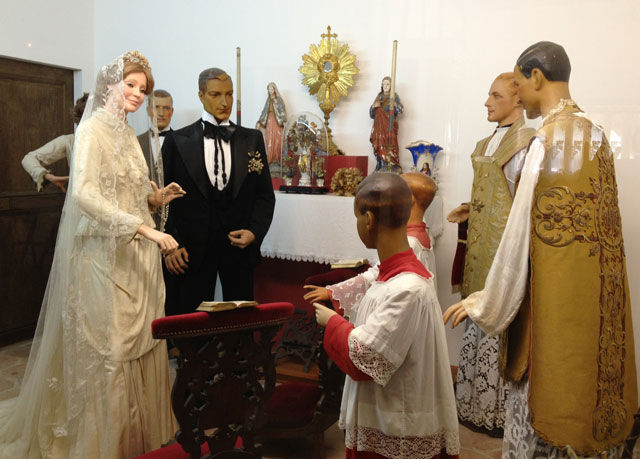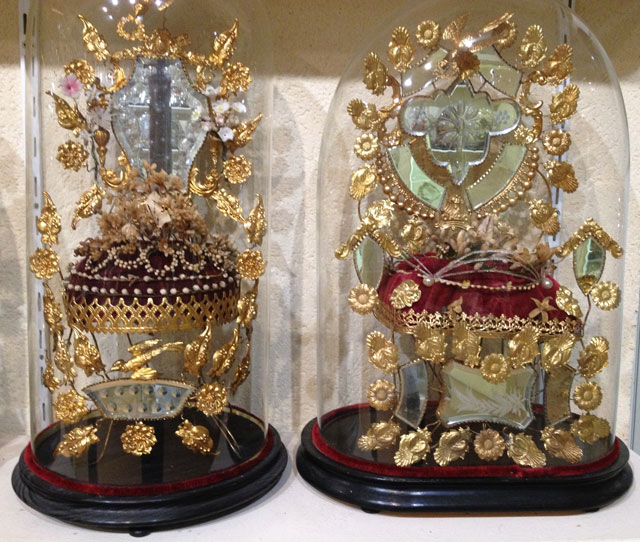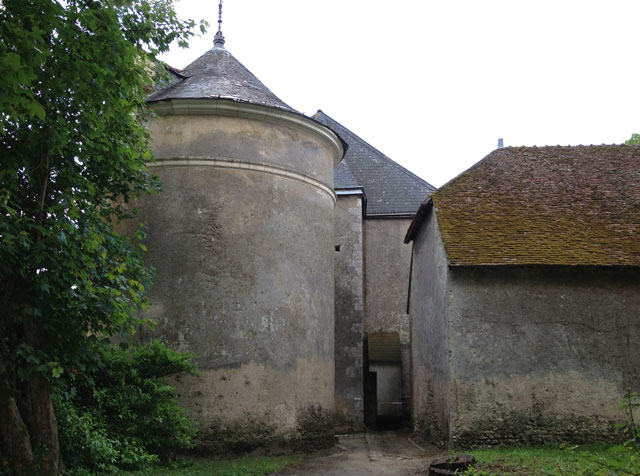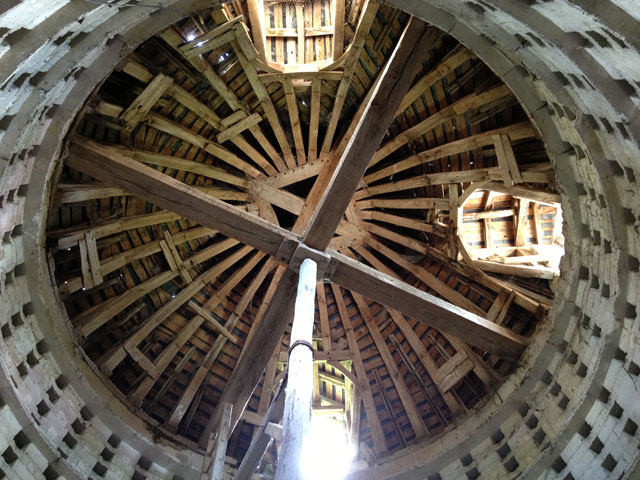Three completely different subjects for this Wednesday’s bloggers’ round-up: Sylvia from Finding Noon invites us along for ice-cream at La Pâtisserie des Rêves; fellow Australian Jo Karnaghan from Frugal First Class Travel explains how she managed to pay only $925 for her firstclass airfares and railpass for Europe; while Heather Robinson from Lost in Arles shares the magic of Chartres Cathedral with us. As some of you may know, we have a little leadlight window in our house in Blois containing a blue cabuchon from a renovated stained glass window in Chartres Cathedral. Enjoy!
Date Night – Pâtisserie des Rêves
by Sylvie from Finding Noon, an American living in Paris who appreciates fine art, good music, succulent food, and breath taking scenery
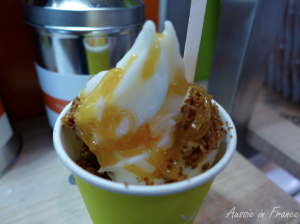 If there is anything that Mr French loves nearly as much as me and his family, it would have to be ice cream. Every night after dinner he asks what flavours ice cream are in the house. And almost every night I have to inform him that there is an ice cream shortage chez nous, I’ve prepared strawberries. Or watermelon, or any other fruit that happens to be in season. Read more
If there is anything that Mr French loves nearly as much as me and his family, it would have to be ice cream. Every night after dinner he asks what flavours ice cream are in the house. And almost every night I have to inform him that there is an ice cream shortage chez nous, I’ve prepared strawberries. Or watermelon, or any other fruit that happens to be in season. Read more
Resting in the shadows of the Chartres Cathedral
by Heather Robinson from Lost in Arles, an American writer and photographer living in Arles who offers us meanderings through all that makes life in a small town in Provence worth while
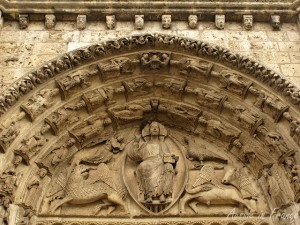 The longevity of awe…and the quietude buried within peace. These were the two thoughts echoing in my mind with the gentleness of passing a feather from one palm to the other while I was sitting in the Chartres Cathedral. We were in town for a wedding, a new beginning but I couldn’t stop thinking about the past.
The longevity of awe…and the quietude buried within peace. These were the two thoughts echoing in my mind with the gentleness of passing a feather from one palm to the other while I was sitting in the Chartres Cathedral. We were in town for a wedding, a new beginning but I couldn’t stop thinking about the past.
I had sat in these pews years ago. Then, I was buoyed by the weight of the beauty surrounding me but this visit I realized that something far heavier was at play. How must the cathedral have loomed above the fields to the pilgrims that spied its spiers from afar, starting in the 12th century. Read more
How I paid just $925 for my first class airfares and railpass for Europe
by Jo Karnaghan from Frugal First Class Travel, an Australian who loves to travel – especially in Europe – and who has gradually learned how to have a First Class trip on an economy budget, without missing out on anything!
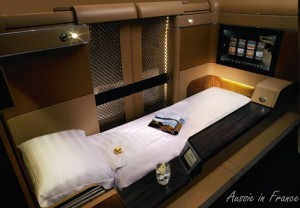 I’m off to Europe in October. I’ve organised to spend 10 days in France, and then I’m heading to Istanbul for 4 nights before I come home. It’s a bit of a special trip – in celebration of a significant birthday, so I want the best possible I can afford. But I still want it to be frugalfirstclass all the way.
I’m off to Europe in October. I’ve organised to spend 10 days in France, and then I’m heading to Istanbul for 4 nights before I come home. It’s a bit of a special trip – in celebration of a significant birthday, so I want the best possible I can afford. But I still want it to be frugalfirstclass all the way.My itinerary includes a First Class Suite on Etihad Airways from Sydney to Europe. Then I need a four day France Railpass. I’ve done my sums and have worked out that a four day Railpass will be cheaper than individual point to point tickets, or a three day pass and a point to point for my shortest leg. Read more




